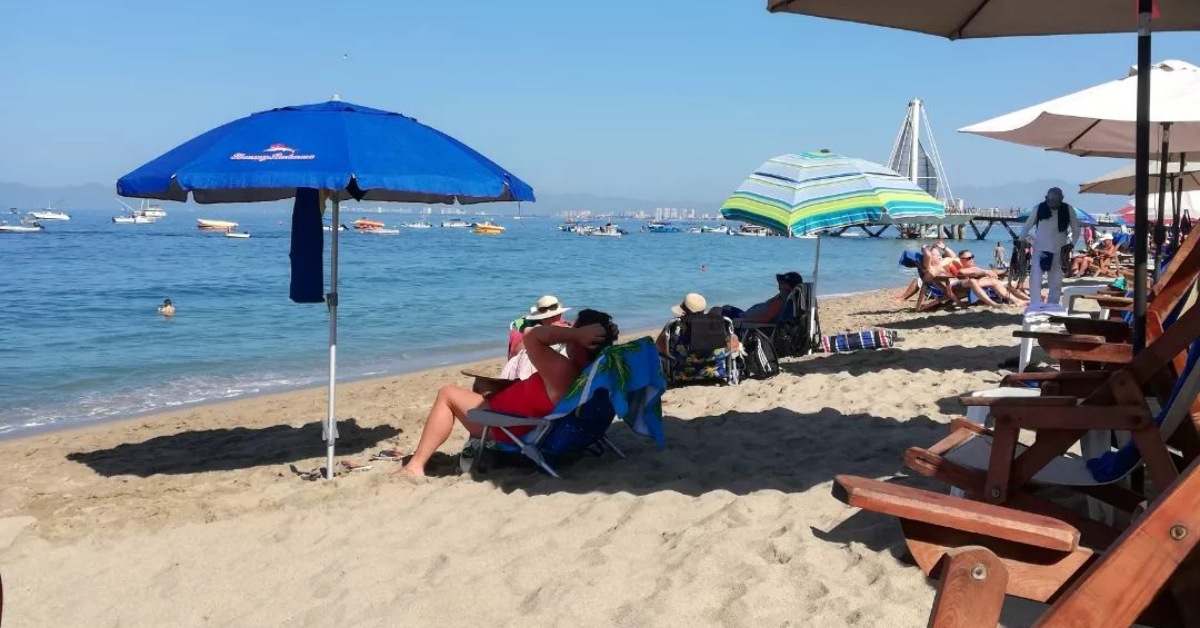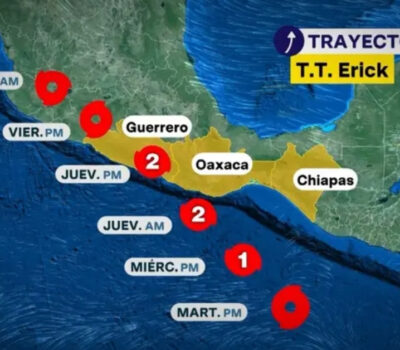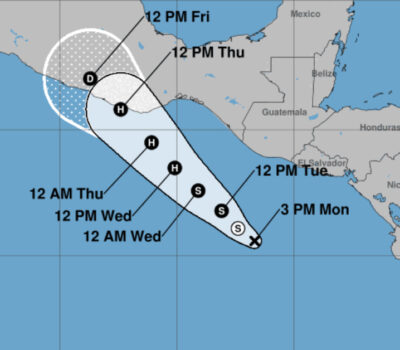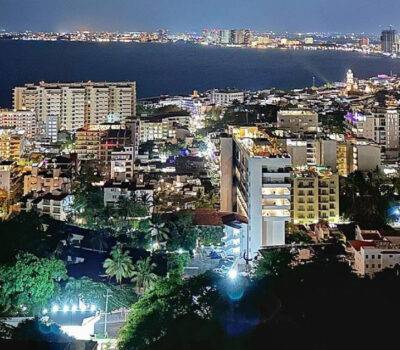Puerto Vallarta (PVDN) – Through monitoring by researchers from the University of Guadalajara, it can be determined that the seawater in Puerto Vallarta (Bahía de Banderas) is suitable for recreational use during the upcoming Holy Week and Easter holidays.
The foregoing was announced by the Master of Science, María del Carmen Cortés Lara, professor and researcher at this University Center, who along with other researchers has been analyzing the algae blooms that have occurred in recent decades in the Bay of Banderas.
“There are no events (algal blooms or red tides) so far, and there is no record of toxic species either, so people can enjoy the sea on these vacations,” said the professor, noting that at the same time, the Ministry of Health is pending monitoring the quality of food that is extracted from the sea, oysters, as well as shellfish that are consumed in this season.
You might be interested in: Top 10 things you must do in Puerto Vallarta
Is there Sargassum in Puerto Vallarta?
The coasts of Quintana Roo, in the Mexican Caribbean, are once again on alert for the arrival of sargassum. A macroalgae that in the last decade has become the uncomfortable guest of the most important tourist destination in Mexico. Accustomed to the fact that the sargassum season began in May, this year the early arrival on some beaches has been surprising, three months earlier than expected. It is estimated that this year all recorded records will be broken and the 54,000 tons that were collected in 2022 will be exceeded. And this seaweed has even impacted the Florida coast with a huge impact.
Luckily, the flow of sargassum isn’t an issue for the Pacific Coast, which leaves Puerto Vallarta in the position of being the alternative to Caribbean beaches covered in seaweed.
Sargassum is a type of seaweed that is known to wash up on beaches in Mexico and other parts of the world. Puerto Vallarta is located on the Pacific Coast of Mexico and is not directly affected by the massive sargassum blooms that occur in the Caribbean Sea and the Gulf of Mexico.
Puerto Vallarta (PVDN) - Through monitoring by researchers from the University of Guadalajara, it can be determined that the seawater in Puerto Vallarta (Bahía . . .












